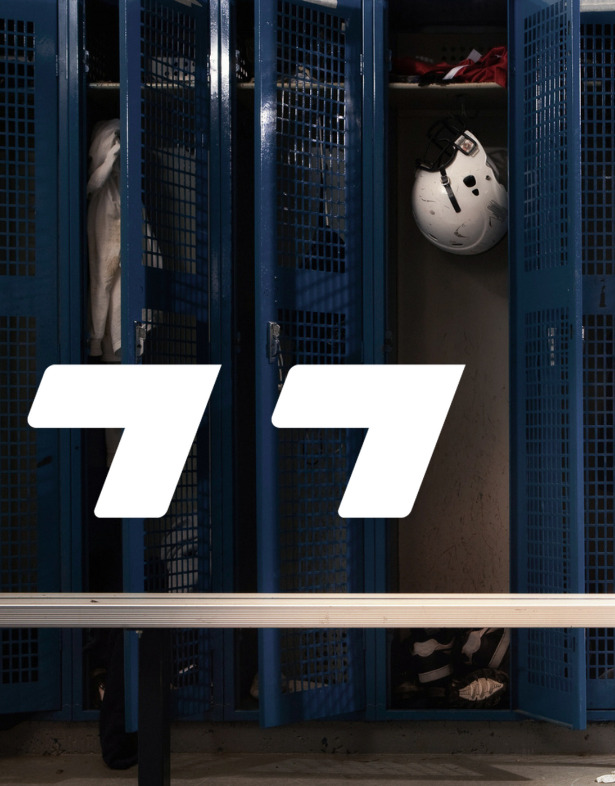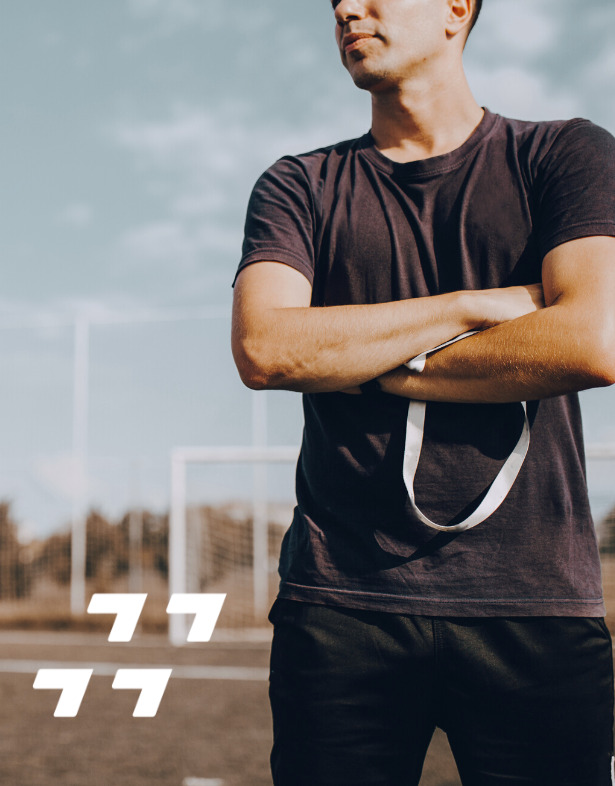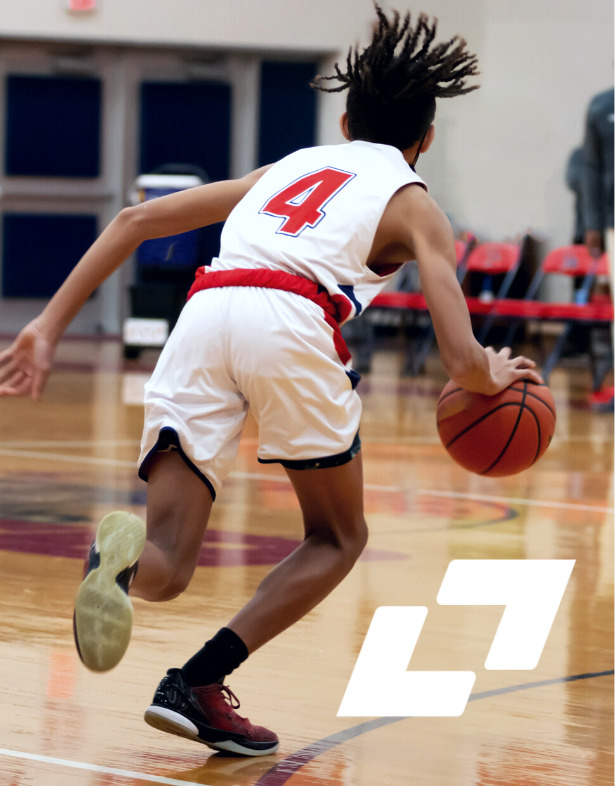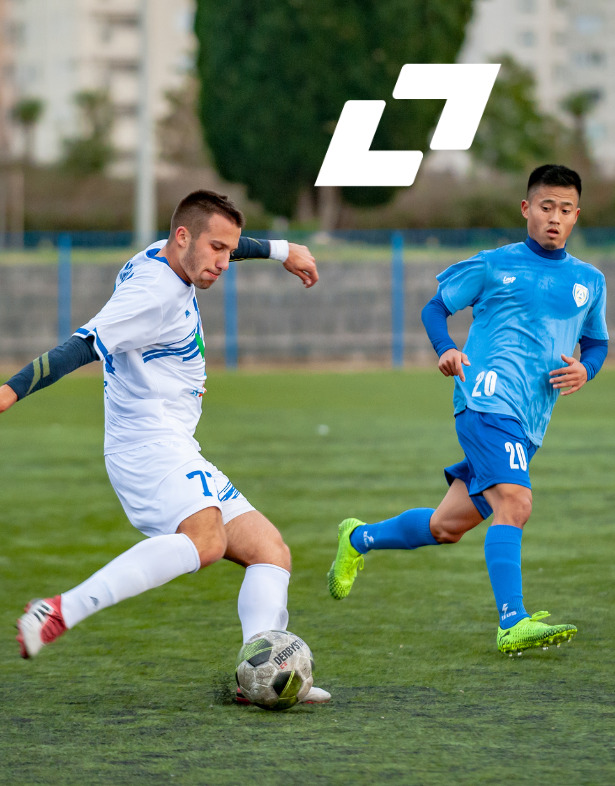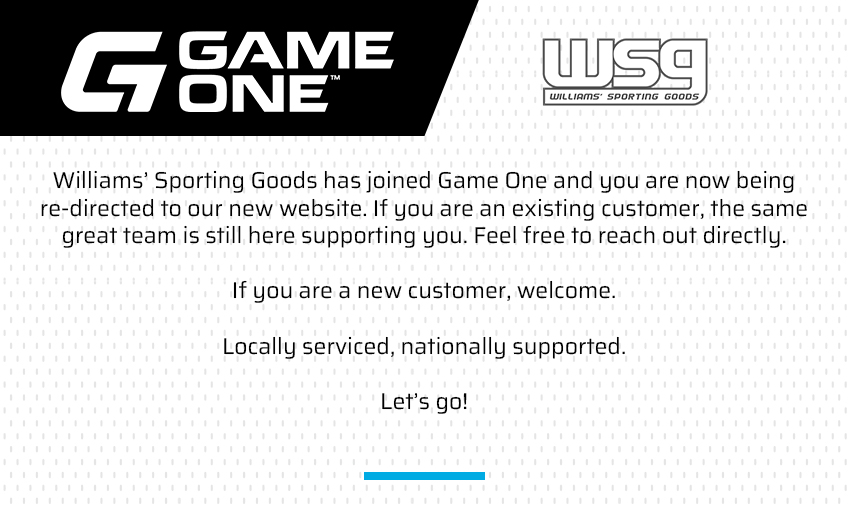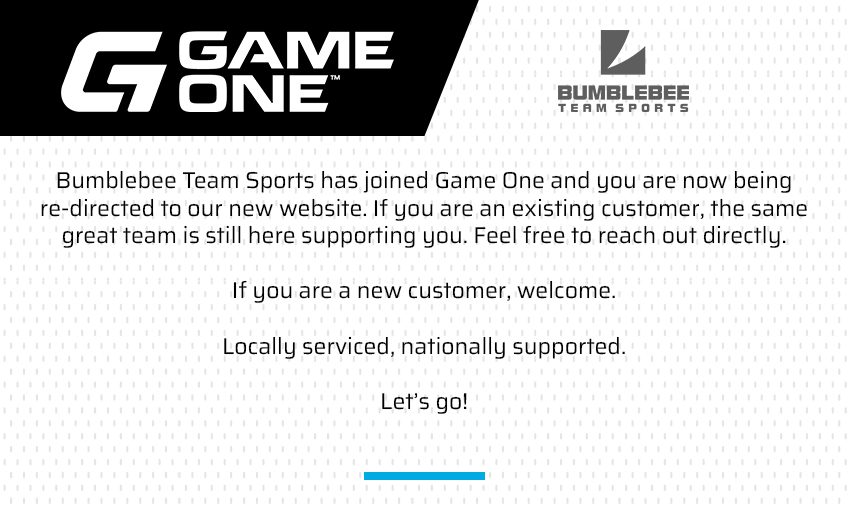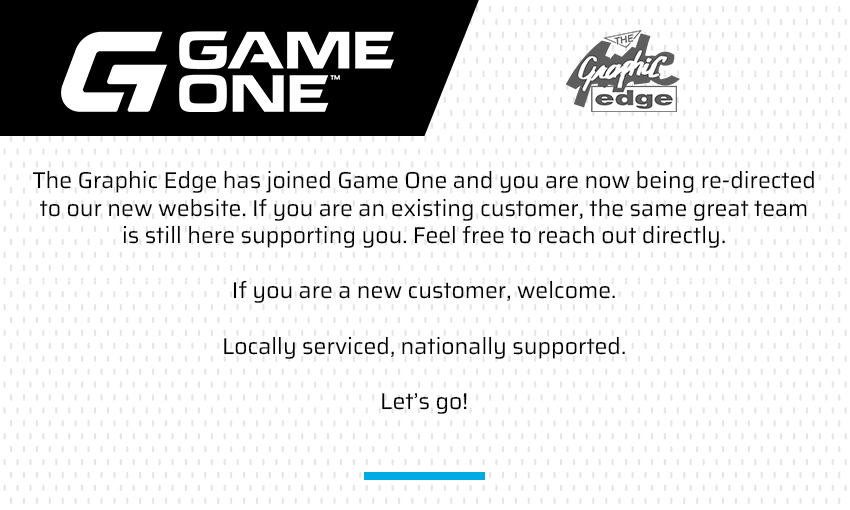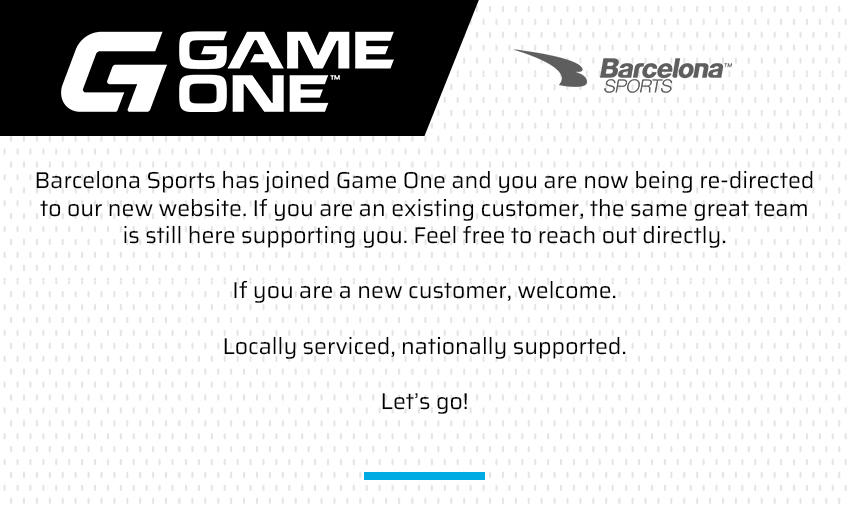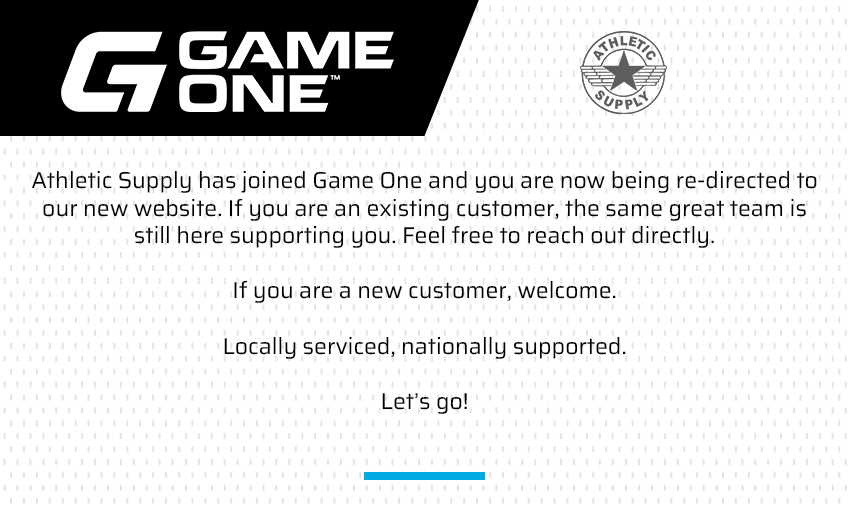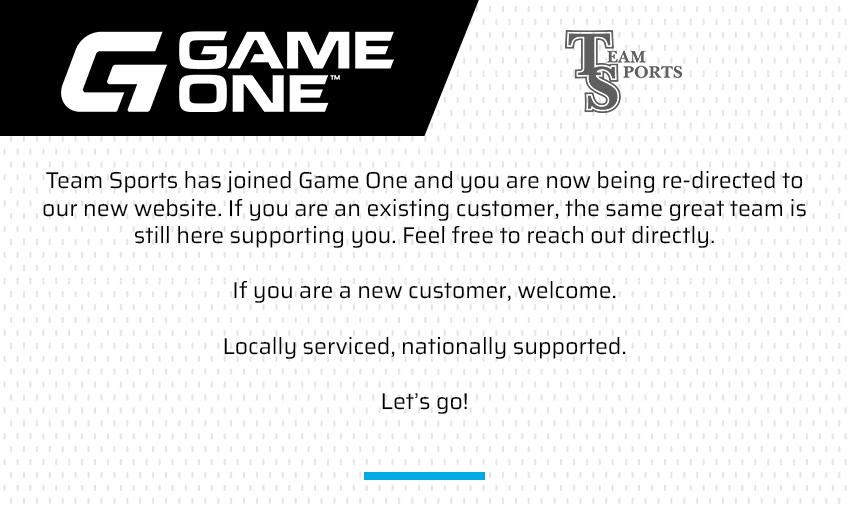New Shoulder Pad Recommendation: What Coaches Need to Know
As coaches and athletic directors, you play a critical role in ensuring your athletes have the highest-quality gear. Providing them with equipment that enhances their performance with superior protection and safety is essential.
That’s why I want to make sure you know about an important update regarding shoulder pads: Major manufacturers won’t recondition pads over 10 years old.
Here’s a quick overview of this new recommendation and six tips to help your team’s shoulder pads remain effective within this lifespan.
Why the 10-Year Limit?
It’s primarily about product degradation. Over time, shoulder pads’ padding, plastic, and metal components can weaken, reducing protection. Modern safety standards are also evolving, and older equipment may not meet these newer requirements. Manufacturers set this limit to prioritize player safety, ensuring all athletes have gear that protects them using the current standards. We anticipate that NOCSAE will regulate it soon.
Maximizing Shoulder Pad Use within 10 Years
But don’t worry—there are effective strategies to make the most out of your team’s shoulder pads. By implementing them, you can maintain the safety and functionality of the gear within the 10-year timeframe.
- Regular Maintenance: Wipe down, clean, and disinfect pads according to specific manufacturer guidelines after each use. It may include using mild soap and water for cleaning and a spray or wipe for disinfection. You’ll prevent the buildup of moisture and bacteria, which can damage materials faster. Never submerge your pads in water or use a washing machine or dryer.
- Proper Storage: Allow pads to dry completely immediately after practices and games, and store them in a cool, dry environment. Excessive heat or dampness can accelerate the deterioration of the padding and other materials.
- Routine Inspection: Inspect the pads for signs of wear and tear—like cracks in the plastic, fraying straps, or compressed padding—before the season starts and after every practice and game. Early detection can help you repair minor issues before they require full replacement.
- Professional Reconditioning: Take advantage of professional reconditioning services manufacturers or certified providers offer. It can extend the life of the pads, ensuring they remain safe and functional. Keep in mind that after 10 years, this option won’t be available under the new recommendation.
- Educational Training: Educate your athletes on how to put on, take off, and care for their shoulder pads. Proper handling can reduce unnecessary stress on the equipment.
- Plan for Replacement: Plan for equipment turnover. Consider setting up a rotating schedule to replace some of your gear each year. For example, you could replace a third of your gear every three years. This prevents all your gear from aging out simultaneously. This staggered approach keeps your equipment within the safety guidelines and helps with budget planning.
Following these tips will ensure your athletes are equipped with safe, functional gear while respecting the new recommendations set by shoulder pad manufacturers.
Thank you for choosing Game One for your team’s equipment needs. We wish you and your athletes good health and success this season.
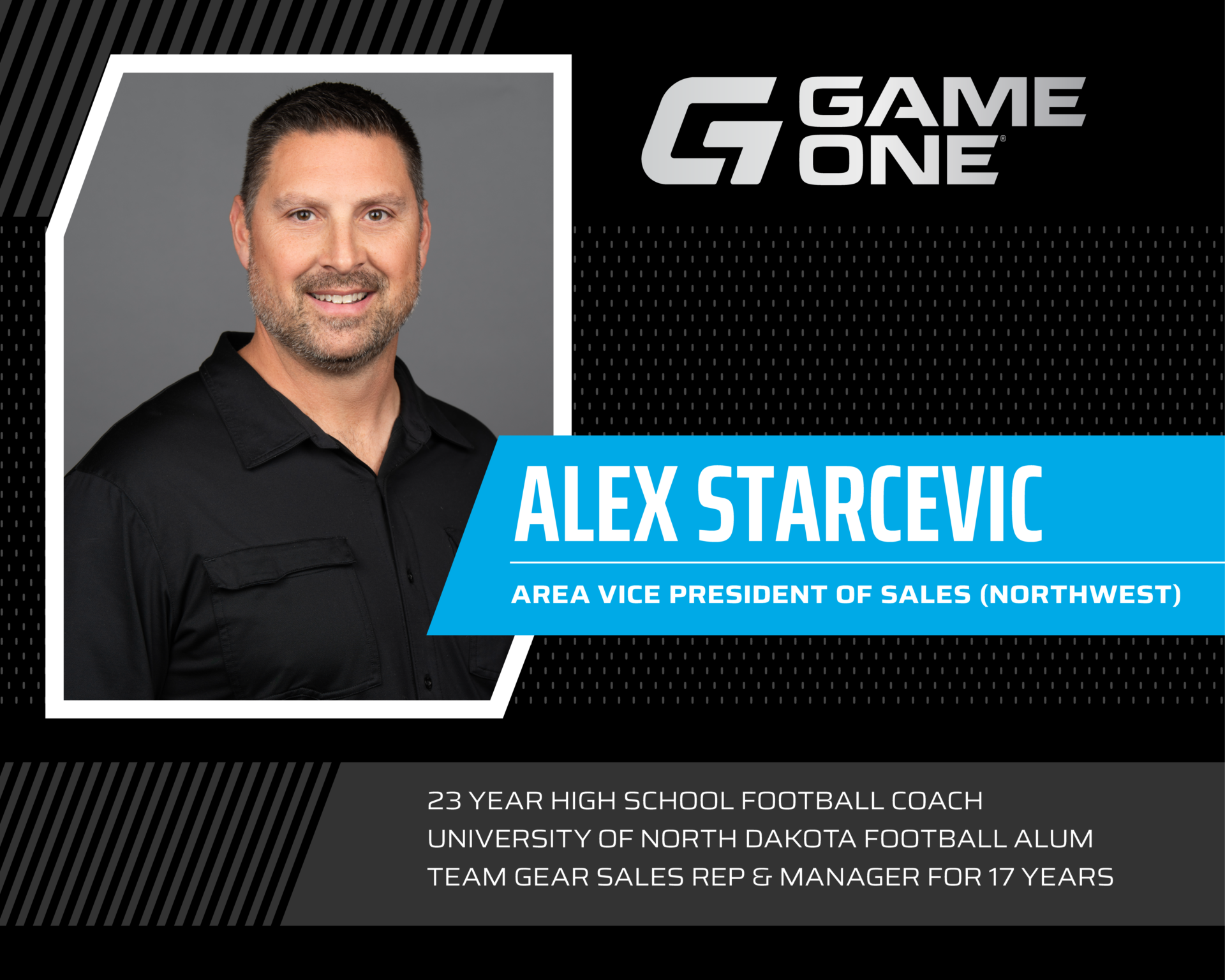
Find your rep
Get in touch with your Game One rep to place an order, ask a question on process or pricing, and more.
Join Our Team
We live our purpose – to lift and inspire team stories. That includes our own teammates. If you are interested in joining our team – please visit our Career’s page.

